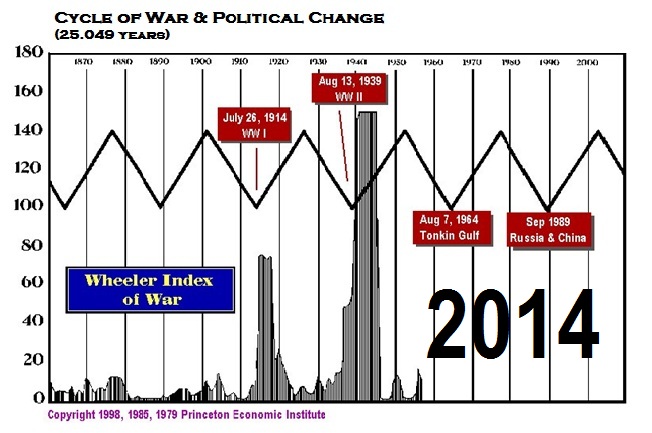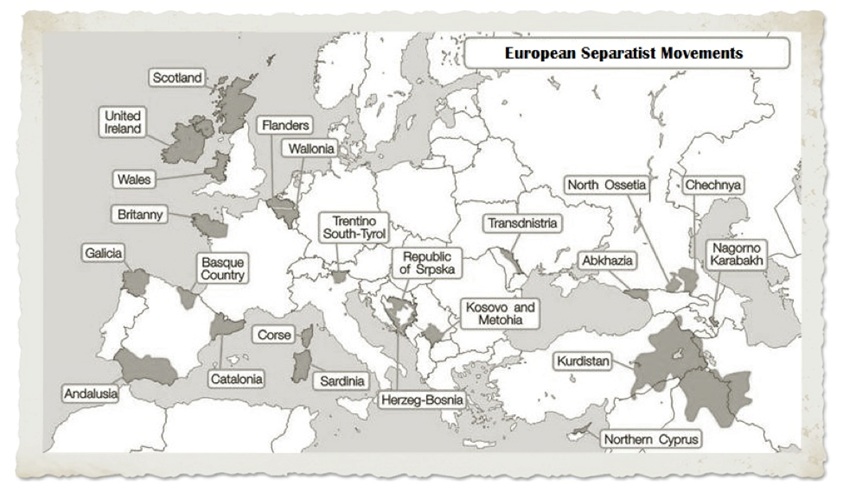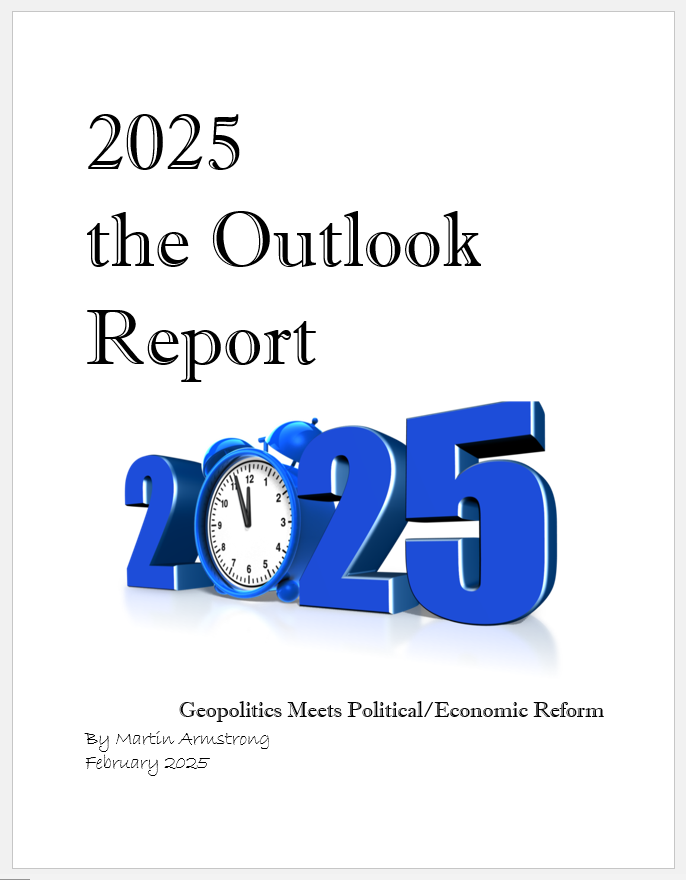Our Cycle of War uses the Wheeler Index. However, there were some major problems with overlooked key events. So we corrected the data and extended it for the period following his death. We then created a parallel index correlated to economics. The result was an apparent series of cycles and a correlation with the economy that emerged very clearly interfaced with debt. The fundamental principle to emerge from that work was the fact that we could both distinguish between domestic civil unrest, which begins and at times moves into revolution, and international events. There are interesting political responses that often determine the outcome.

On the international level, war emerges from two separate trends. First, there is the traditional trend where the economy turns down which results in government needing to find an external enemy to prevent civil unrest that overthrows the government. This version is intertwined with the Civil Unrest Model and is often the escape value for government to retain power. The Domestic Unrest Model can transform into an international conflict if politics are desperate to save itself and sees that way out.
The second trend stands in contrast to the first in what we identified as the Conquest Model whereby governments seek to expand their territory for money and power detached from economic pressure caused by a decline. This can be seen in Alexander the Great, Rome, Charlemagne, Japan, etc. The Retribution Model is the subdivision of the international conflict level whereby there is a preceding economic crisis. Napoleon and Hitler illustrate this subdivision. These trends were also an admixture between domestic economic problems that lead to war, as in the case of Napoleon and Hitler, as distinguished from a pure power expansion.
Creating a database that could distinguish all these moving parts was key to creating our model for the Cycle of War that others have tried to mimic without the database, assuming all we did was use the Wheeler Index. The cycle frequency we discovered is not discoverable from using just the Wheeler Index.
In Europe, there are many rising trends toward separatist movements, which will rise further and we will emerge as a far more common trend over the next two years. This weekend, we have the Catalan vote, which cannot be suppressed and it should trigger unilateral steps towards the region’s secession from Spain. Keep in mind that Spain was formed with the marriage of Ferdinand and Isabella. Catalan independence seeks to reverse that merger and this is driven by Spain’s insanity of trying to stay inside the euro that is forcing austerity and rising taxation upon the people in the midst of wholesale corruption.
In Texas, there has been a consistent separatist movement for years. Now, a nationalist group wants Texas secession on the primary ballot. Even the resistance to gay marriage is a key to rising separatist movements within the USA. The Tea Party is a reflection of the clash in philosophy where “one nation for all” is shoved down the throats of everyone in the form of a central policy. This is starting to irritate people and when the economy turns down this will flare up even more.
This trend is rising in Canada with Quebec and is emerging with Staten Island seeking to separate from New York City.
Welcome to the other side of 2015.75.











